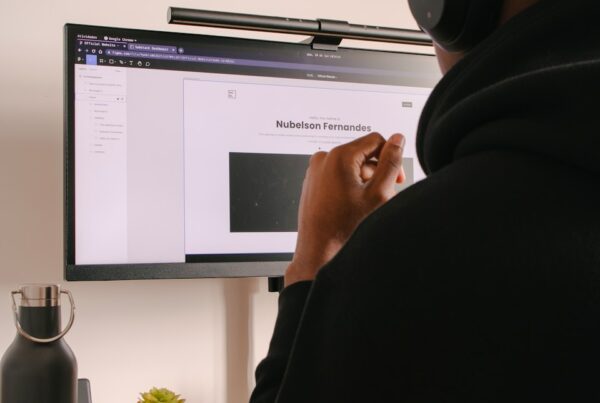In the digital age, the intersection of strategy, creativity, and technology forms the bedrock of innovative branding. This triad is not just a confluence of business components; it’s a dynamic ecosystem that, when harmonized, can elevate a brand to new heights of relevance and resonance. As we explore the synergy between these elements, it becomes evident that the brands mastering this blend are not only distinguishing themselves but are also redefining the consumer experience.
Strategy: The Guiding Star in the Brand Universe
Strategy is the guiding star in the brand universe. It’s the deliberate planning and goal setting that steers all branding efforts. In the modern marketing milieu, strategy has evolved. It’s no longer a static set of directives but a living, breathing blueprint that adapts in real-time, informed by a wealth of data analytics. As Deloitte Insights articulates, “CMOs can encourage creativity by redefining its role, ensuring alignment across the organization, and inspiring different thinking.” This perspective places strategy as the linchpin that not only supports creativity but also ensures it is effectively channeled towards achieving business objectives.
Creativity: The Soul of Brand Storytelling
Creativity is the soul of brand storytelling, the essence that makes a brand’s narrative compelling and its identity unique. It’s the creative spark that ignites customer interest and forges emotional connections. In the realm of digital marketing, creativity has found new life, empowered by technology to break free from the confines of traditional media. Ad Age reflects on this evolution: “The equation of technology plus creative begins with speed… Open-source technologies… allow experiences to be built quickly and inexpensively.” This insight from Ad Age underscores the newfound agility that creativity enjoys, an agility that allows brands to capture the zeitgeist and engage with the cultural pulse in near real-time.
Technology: The Catalyst of Brand Innovation
Technology is the catalyst of brand innovation, the engine that powers the modern branding machine. It’s the tool that transforms creative visions into tangible experiences. Open source technologies have leveled the playing field, granting brands of all sizes the ability to innovate rapidly and cost-effectively. But the impact of technology on branding doesn’t stop at efficiency; it extends into the realm of personalization and interaction. AI and machine learning are not merely back-end tools; they are at the forefront of creating a personalized brand journey for each customer, predicting needs, and tailoring messages to an audience of one.
When strategy, creativity, and technology weave together, the result is a tapestry of interconnected threads, each reinforcing the other. Consider the brand that employs AI to parse through consumer data, extracting insights that inform a strategic shift. This shift might lead to an immersive VR campaign that allows customers to experience products in their own space, a creative endeavor that’s both engaging and strategically sound.
As we peer into the future, the role of AI in branding is set to transcend operational efficiency and venture into the domain of ethical practice. Ad Age cautions, “Every brand around the planet will face an entirely new level of transparency and scrutiny.” This is a pivotal moment for brands, a call to action to embrace transparency and focus on empowering consumers. The future of branding is not in the volume of the message but in its value. It’s a future where friction is replaced with empowerment, and content is crafted to educate, inform, and inspire.
The digital revolution has initiated a shift in power dynamics from brands to consumers. This shift has been propelled further by the advent of mobile and social media, and now, AI is poised to turbocharge this evolution. Consumers, equipped with sophisticated tools, are becoming more discerning and empowered to make choices that align with their values and needs. Brands that recognize and respect this shift are the ones that will thrive.
In conclusion, the art of branding in the modern age is a harmonious blend of strategy, creativity, and technology. It’s a balance that requires agility and responsiveness, a keen understanding of data’s power without losing the human touch that creativity brings, and a use of technology that amplifies, not overshadows, the brand narrative. As Deloitte Insights suggests, creativity extends “to system design, employee collaboration, and customer engagement.” This holistic approach is essential for brands looking to navigate the complexities of today’s digital landscape successfully.
The brands that will lead the future are those that remain steadfast to their strategic vision, invest in creative excellence, and embrace technological advancements. They will be the brands that don’t just adapt to change but drive it, creating not just customers but advocates, and not just products but experiences. In the dance of modern branding, those who master the steps of strategy, creativity, and technology will not just perform; they will captivate.
We leave you with this video from The Economist where they talk about how artificial intelligence is helping humans create new kinds of art. It is more likely to emerge as a collaborator rather than a competitor for those working in creative industries.






